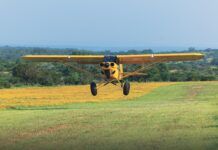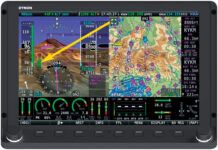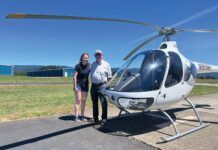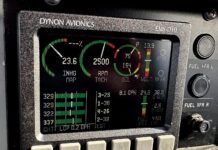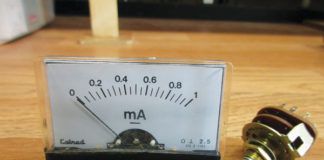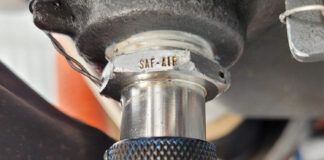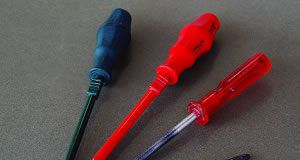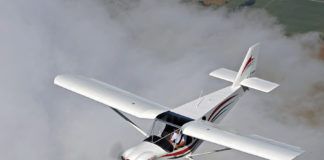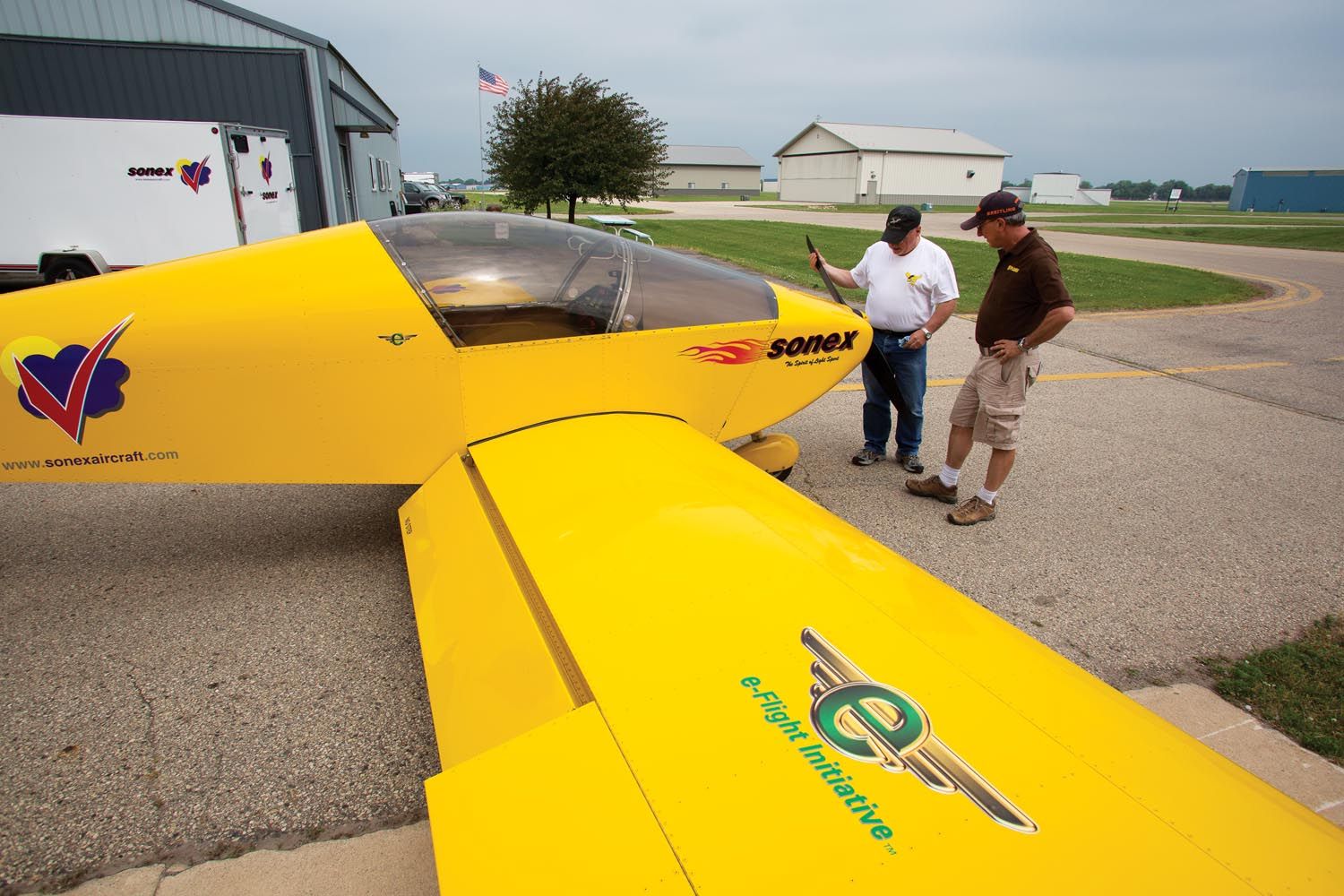
With a title like that, you might expect that I’d excuse anyone without an instructor certificate from reading this month’s column. But if the rest of you hang around awhile, you might discover that what we’re going to talk about might just help you pick your next instructor or mentor. Because no two people learn in the same way, no two learning situations are identical and the desired outcomes of learning situations vary across the spectrum. So let’s talk about three kinds of instructing as they apply to aviation.
Training is something that you do when a task is well understood and needs to be performed exactly the same way every time and it generally has to be done in a hurry. An engine failure in a twin is a good example. If you feel or hear a sudden loss of power on one side, you have to identify the dead engine, feather the prop and secure the motor. Then you can begin cleaning things up to get a stable flight configuration. You don’t have time to mess around with this and there is very little room for improvisation or experimenting.
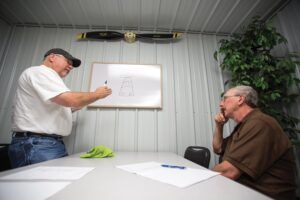
The same thing is true with an engine failure on takeoff in a single. The first thing you have to do is get the nose down and fly the airplane. Then look ahead and a little to each side for a place to land. Head in that direction. Fly the plane. Switch tanks, boost pump on. Fly the plane. Configure for the slowest landing speed without stalling. Fly the plane. This is all rote learning. Very little creativity is needed or allowed because everything is happening so fast. This is training—teaching a specific process that requires no decision-making. It is the same as a military drill sergeant training recruits to field strip and reassemble a weapon. No room for variation or questions. This isn’t about “why,” it is about “how.” That is training. It is no coincidence that we “train” our dogs.
Teaching (or educating, if you like) is another matter. Educating is about the question “why.” When we teach, we want people to understand the theory behind what is being taught so that they can make choices and maybe even expand the envelope beyond what the instructor already knows or has done. A good example of teaching is when an instructor pulls the power during the cruise phase of flight and asks the student where they are going to land. “Well, those clear cuts in the forest over here look good to me,” says the student as they turn in that direction. “OK, but what about this open pasture on my side?”
“Oh, yeah,” says the student, “that looks even better, I’ll go that way!” “But darn it,” says the instructor, “now that we are headed that way, look at the big high tension power lines on final approach!”
“OK,” says the student, now fully into the thinking part of the game, “I see those, but if I land the other way and slip through the gap in those trees, I should have plenty of room to get down safely. And if I leave the gear up, we’ll be stopped in a plane length!”
That is educating—letting the student explore options, come up with new ideas—and think for themselves. Educating is not rote learning at all. In some cases, you don’t even know where the process will lead—that’s part of the fun! When you get done, not only has the student learned something new and enabled even more learning in the future because of the experience, but the instructor will probably carry some new lessons into the future as well.
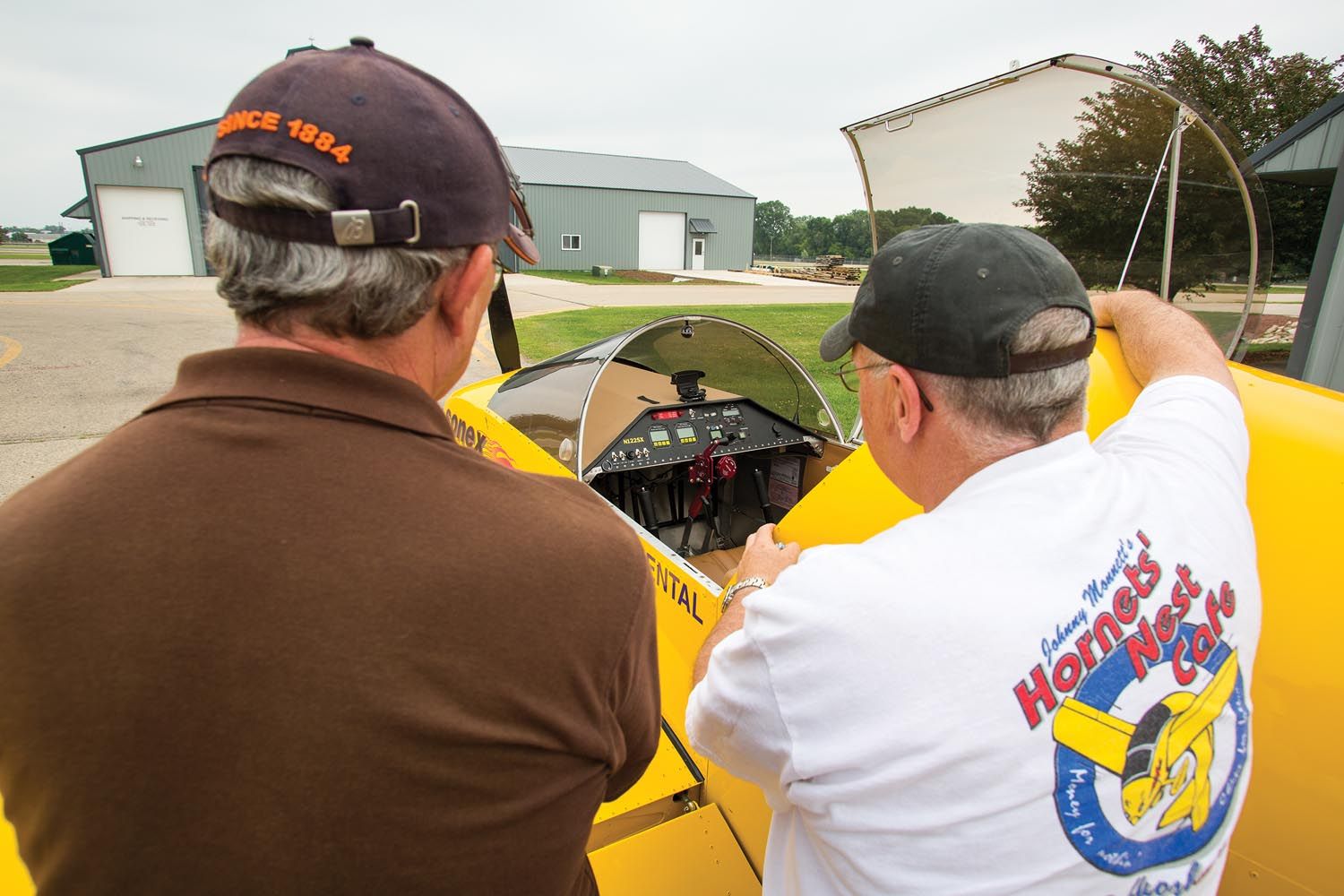
Coaching, Too?
So that covers training and teaching—so what is this coaching thing all about? Well let’s take a student trying to get better at aerobatics. They are past the rote learning required to do a loop and they have done enough loops with an instructor to have explored what makes a loop round versus egg-shaped. They have learned how varying the G-load changes the shape of the loop as well as the energy at the top, and how the altitude works out at the bottom. Training and teaching have served them well. But they want more—they want to compete at a higher level—so they hire a coach.
A typical coaching session goes like this. “So what is it that you’d like to accomplish?” asks the coach. “Well, I want to be able to score high enough to make it into international competition but I just can’t get consistent with my loops under all conditions. I can’t figure out why sometimes I am getting egg-shaped on the back side.” “Well,” says the coach, “let’s take a look at what you’re doing, and let’s see if I can spot anything that you might not have thought of…”
And that is the essence of coaching. In truth, with coaching the student has within themselves the ability that they need—they might just not be able to see it. The coach is there to help them see things in a different light, to try something different that might make the student better. The coach does not have to be a champion at aerobatics to be effective—they simply need to be able to help the student see their own flaws from a different perspective and then brainstorm ways in which those flaws can be avoided. In most cases, coaches of champion athletes or competitors are not as good as the people they coach or they’d be competing themselves. But they know how to help folks solve performance problems by watching and suggesting.
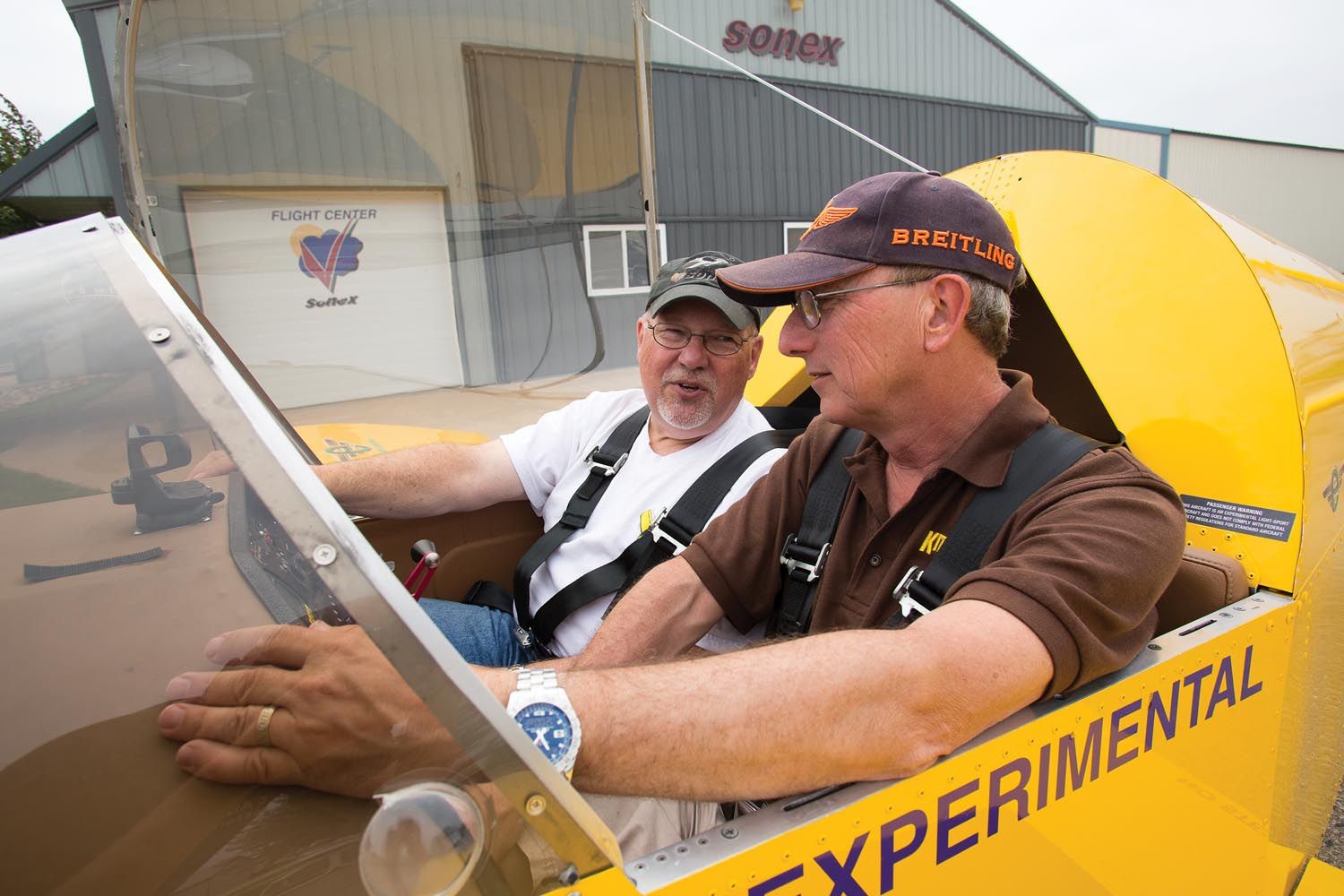
So why is this important to aviation? All instructors have different styles and techniques. Some are better at training, some better at teaching and others excel as coaches. Knowing what you need as a student will help you pick a better instructor. A student pilot going for a private certificate will probably find instructors who are mostly “trainers.” Those seeking to get better in an instrument environment will do better with a teacher. And if you are really trying to perfect a skill—like aerobatics or competitive soaring—a coach is probably what you need. And if you’re not getting what you need, it might be because you simply have an instructor with an inappropriate style for what you are trying to do.
About the Build
Finally, remember that all of this applies to learning how to build airplanes as well as how to fly them. When you are just getting started with a sheet metal kit, you need training in the basic skills. Once you are far enough along that you are making choices on modifications or how to accomplish a difficult construction task, you probably need to be looking for a teacher. And when it is time to build that Lindy winner—well, finding a previous winner to help you bring out your best skills is probably appropriate.
The best instructors, by the way, know how to train, teach or coach—and those are the folks who can take you through a lifetime of learning. We call them mentors. They are worth their weight in gold.

